![[개정판] 파이썬 머신러닝 완벽 가이드강의 썸네일](https://cdn.inflearn.com/public/courses/324238/cover/7e380aa0-48ba-4ee7-a6b2-8da7900568d6/324238-eng.png?w=420)
[개정판] 파이썬 머신러닝 완벽 가이드
권 철민
이론 위주의 머신러닝 강좌에서 탈피하여 머신러닝의 핵심 개념을 쉽게 이해함과 동시에 실전 머신러닝 애플리케이션 구현 능력을 갖출 수 있도록 만들어 드립니다.
초급
Python, 머신러닝, 통계
This course will help you become a deep learning-based computer vision expert who is needed in the field by providing a deep theoretical explanation of object detection and segmentation and practical examples that can be used immediately in the field.
3,960 learners
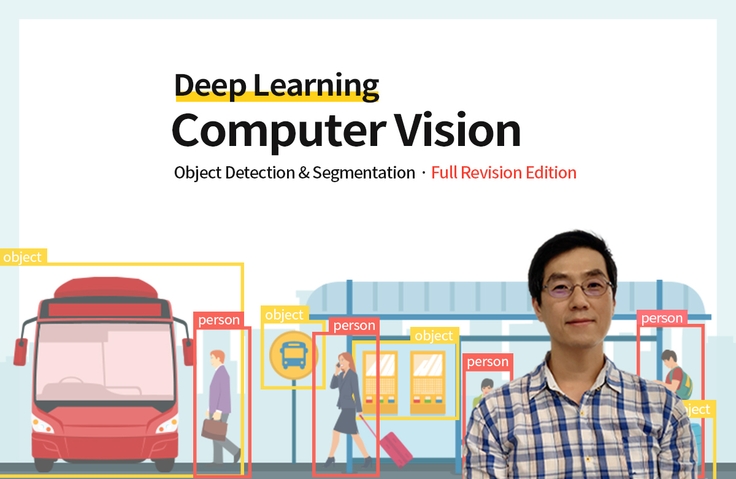
Understanding Object Detection and Segmentation Based on Deep Learning
In-depth theoretical learning on RCNN series, SSD, YOLO, RetinaNet, EfficientDet, Mask RCNN
Learn how to use representative implementation packages for object detection and segmentation such as MMDetection, Ultralytics Yolo, and AutoML EfficientDet.
Perform image/video object detection/segmentation using OpenCV and Tensorflow Hub
Learn various difficult practical examples to be able to directly apply Object Detection/Segmentation in practice
Acquire various background knowledge that constitutes Object Detection/Segmentation
Train a Custom Dataset and Build Your Own Model Using a Variety of Implementation Packages
Experience the advantages and disadvantages of various Object Detection/Segmentation models through practical examples
Handling major data sets such as Pascal VOC and MS-COCO and converting them to TFRecord
Apply Annotation to a Dataset and Create Your Own Training Data Using the CVAT Tool
Lower the hurdles, go deeper at your core!
Become a Deep Learning CNN expert.
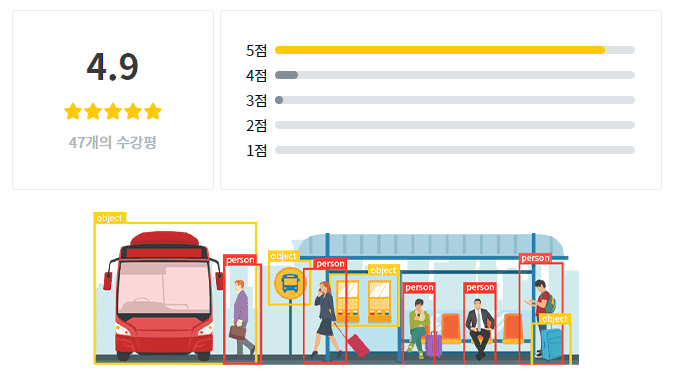
Hello, this is Kwon Chul-min.
Thanks to the support of many people, we have now released a revised edition of 'Deep Learning Computer Vision Complete Guide' .
About 90% of the videos in the existing lectures have been newly created, and we will introduce improved and additional content.
Based on the feedback you have sent to the lectures, we have created a revised edition focusing on the following points.
The revised lecture
The center of deep learning computer vision technology is rapidly shifting to Object Detection and Segmentation .
▲Intelligent image information recognition ▲AI vision inspection smart factory ▲Automatic medical image diagnosis ▲Robotics ▲Autonomous vehicles, etc. Deep learning-based Object Detection and Segmentation technologies are spreading in many fields. Accordingly, leading domestic and international AI companies are also sparing no investment in this field and seeking to secure development personnel.
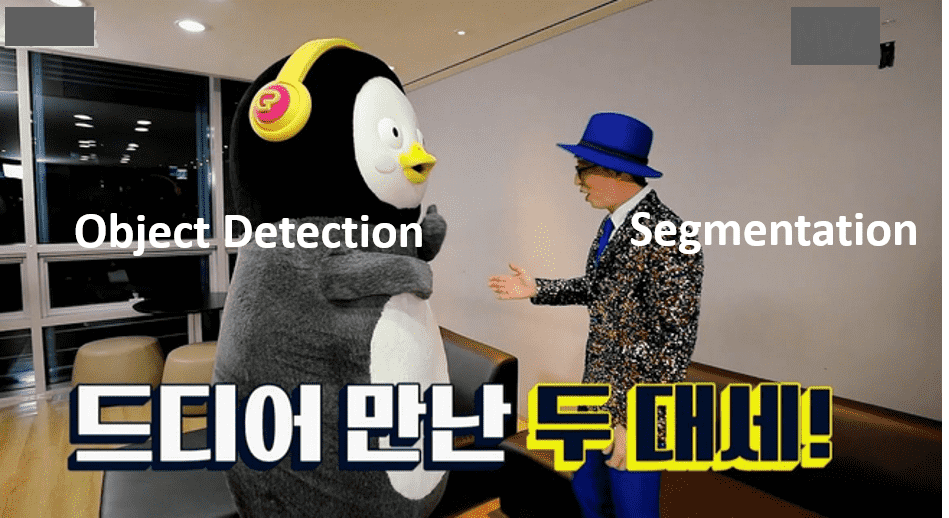
In recent years, the field of Object Detection and Segmentation has been developing rapidly, and the demand for talents with relevant practical skills is increasing. However, as it is a cutting-edge field that applies deep learning, there is a lack of books, materials, and lectures for learning, making it difficult to train appropriate personnel.
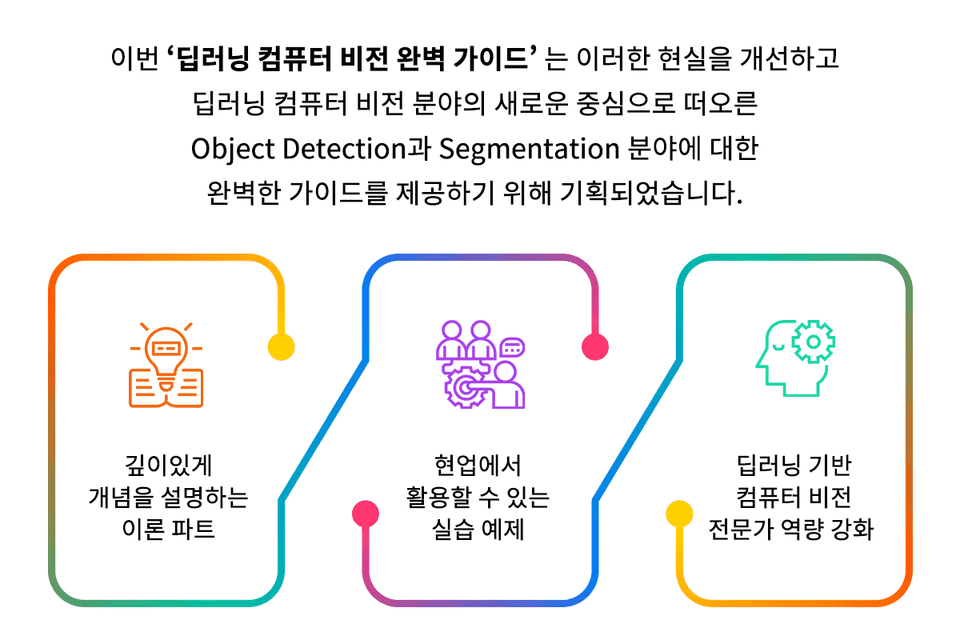
This course consists of in-depth theoretical explanations of Object Detection and Segmentation and many practical examples that can be used immediately in the field , and will help you become a deep learning-based computer vision expert needed in the field.
We will clearly explain everything from easy concepts to in-depth theories about the vast field of Object Detection/Segmentation, including RCNN series, SSD, YOLO, RetinaNet, EfficientDet, and Mask RCCN.
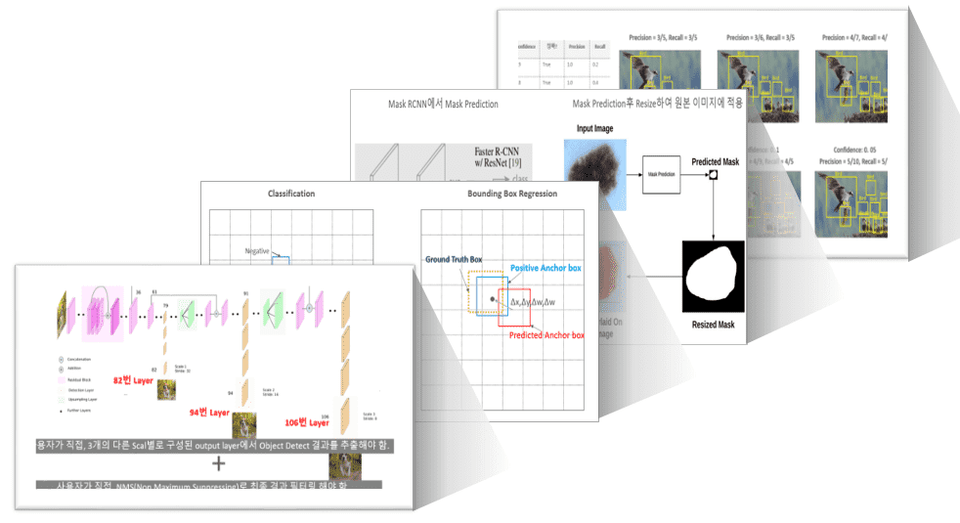
There is no better way to improve your practical skills than by coding and implementing things yourself.
This course consists of many practical examples that will help you maximize your practical implementation skills in Object Detection and Segmentation.


How does deep learning CNN work?
Can it be applied in practice?
Anyone who was worried

Deep learning based
Computer Vision Solutions
For those who want to develop

Deep learning image classification capabilities
Up to date with the latest CV technology
Those who want to expand

Going to graduate school for artificial intelligence,
Deep Learning-Based CV Field
Job seekers/career changers
Please check your player knowledge.

Very good performance
State-of-the-art Object Detection/Segmentation implementation
Practice using packages



For various images and videos
Object Detection/Segmentation Practice


With multiple custom data sets
Model Training Practice

As a deep learning computer vision expert, you should be able to train models with multiple custom data sets to produce your own Object Detection/Segmentation model. You should also be able to improve and evaluate the performance of this model.
This course will teach you the ability to train custom data sets and create optimal inference models using various implementation packages.

With a self-created training data set
Custom Model Training / Inference Practice

Using the annotation tool CVAT, we will create a training dataset that applies bounding box annotations to general images, and practice Custom Model Training and Inference using the dataset created in this way.
All practical code used in the lecture was written based on the Google Colab environment.
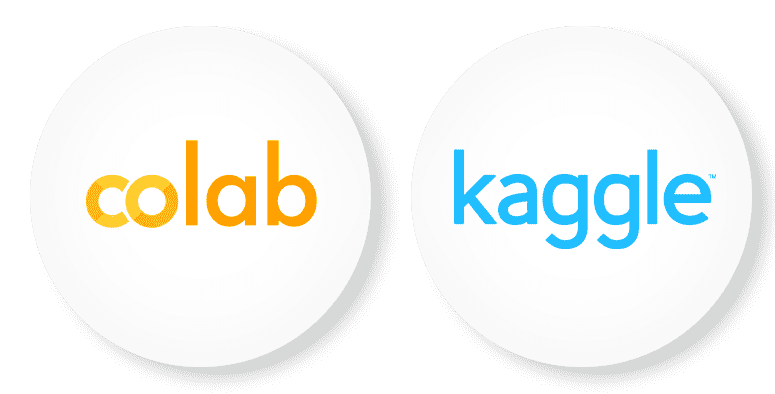
We will conduct hands-on training based on GPU, and if Colab's free GPU allocation is not sufficient, we also recommend using Colab Pro. (※ Colab Pro costs about $10 per month.)
If you do not have enough Colab GPU free kernel resources, you can use the Kaggle kernel. We also provide separate practice codes made for Kaggle. You can hear more detailed information about the practice environment by referring to the Section 0 - [Setting up the practice environment] class.
Please check before taking the class!
The practice code can be downloaded from https://github.com/chulminkw/DLCV_New . Reviewing the practice code in advance will help you get a sense of the level of programming required to understand the practice.
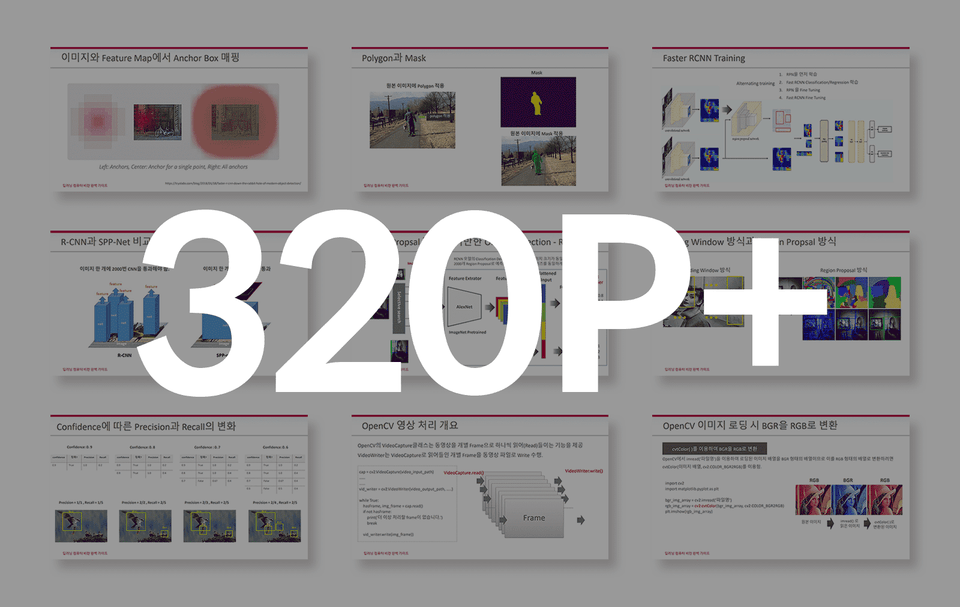
The textbook used in the lecture (320 pages) can be downloaded from Lecture Section 0: Lecture Textbook .
Don't wait until you fully understand the theory of deep learning. There is no better way to learn the theory than through practice.
Once we start coding, our brains follow to understand the material. Let's implement the various practical examples presented in the lecture with me. If you listen to the lecture and implement it yourself by pressing the keyboard, the parts that felt like clouds in the sky will gradually become real.
To become an expert, sometimes (I think most of the time) you have to run before you can walk. This course will be your best companion to help you develop your career and capabilities in the field of deep learning-based computer vision.
thank you
― What Tony Stark said to Jarvis during the Iron Man suit test in <Iron Man 1>
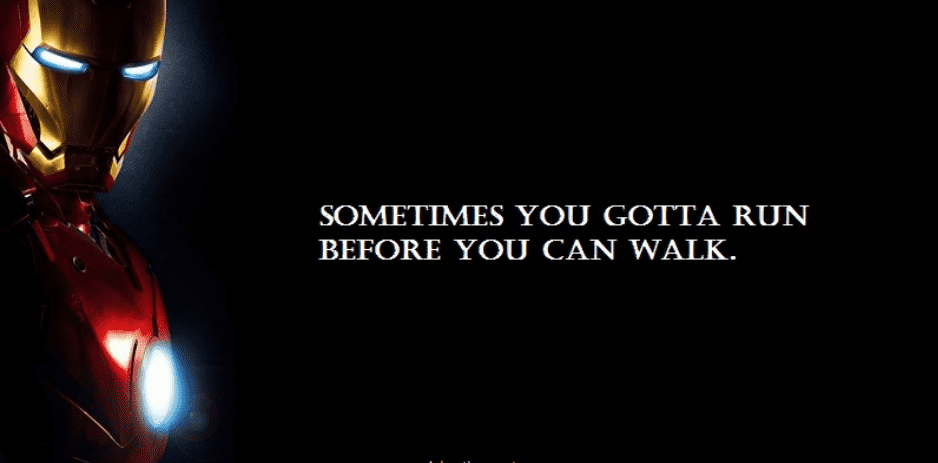
Who is this course right for?
For anyone interested in deep learning
Someone who has studied Object Detection and Segmentation based on Deep Learning
If you have been wondering how deep learning CNN can be applied in practice
If you want to expand your capabilities beyond Deep Learning CNN Image Classification into the field of Object Detection/Segmentation
Those who want to develop deep learning-based solutions in the field of computer vision
Anyone who wants to challenge the Object Detection/Segmentation Challenge in a Competition such as Kaggle
Those preparing for AI graduate school
Those who are preparing to switch to the field of deep learning-based computer vision
Need to know before starting?
Python programming experience
Basic understanding of deep learning CNN
(Optional) A shallow experience with TF.Keras or Pytorch
26,984
Learners
1,378
Reviews
4,011
Answers
4.9
Rating
14
Courses
(전) 엔코아 컨설팅
(전) 한국 오라클
AI 프리랜서 컨설턴트
파이썬 머신러닝 완벽 가이드 저자
All
170 lectures ∙ (38hr 15min)
Course Materials:
All
160 reviews
4.9
160 reviews
$93.50
Check out other courses by the instructor!
Explore other courses in the same field!